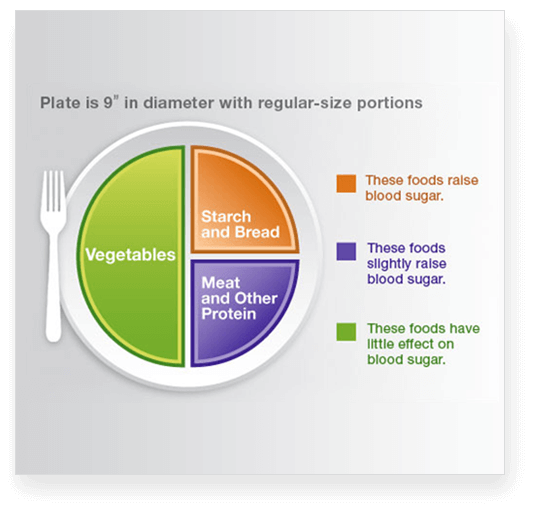Prediabetes and Weight Management
Posted by PreDia on Jul 3rd 2024


Prediabetes
and Weight
Management
The word, “pre” in prediabetes often allows people to let their guard down. However, this condition should not be taken lightly as it is serious and can lead to fully developed diabetes. Type 2 diabetes can further progress to complications with the heart, eyes, kidneys, and other organs and limbs, such as feet and hands.
Risk Factors

The main risk factors of prediabetes include:
- People aged 45+
- Having a waist circumference larger than 40 inches
- Being overweight or obese
- Lack of physical activity
- Being African American, Native American, Latino or Pacific Islander
- Had diabetes while pregnant (gestational)
- Eating processed foods, refined sugars, carbohydrates, and drinking plenty of sodas and sugary drink
While some of these factorscan have an impact on whether a person has higher-than-normal blood sugar levels, the main risk of developing diabetes comes from being overweight/obese.
Obesity and Prediabetes
In people who are obese,their fat cells typically release a variety of signals that are linked to inflammation and insulin sensitivity. This could further lead into type 2 diabetes and other complications. The good news is that prediabetes can be reversed!
Weight Management
To reverse prediabetes, you must first learn to manage your weight. If you change the way you eat and focus on physical activity, then your risk of developing diabetes and other serious complications will decrease significantly!
Lifestyle modification has a huge impact and will improve insulin sensitivity of the cells and reduce blood sugar levels. The American Diabetes Association (ADA) recommends people with prediabetes lose at least 7% of their weight, eat low-calorie and low-fat foods that are rich in protein and fiber, and exercise at least 150 minutes per week.


Reducing consumption of sugary beverages, such as sodas and juices, and refined sugar and carbohydrates, such as chips and cookies, will help lower blood sugar. This will ensure that insulin does not have to be used or work as hard. It is important to eat foods that are low in refined carbohydrates and cholesterol and high in proteins and fiber. Eating foods rich in fiber, such as non-starchy vegetables, avocados, and beans, have been shown to lower A1C levels and help with satiety as well. Also, lowering intake of foods rich in saturated fats will help lower the risk of developing heart disease. This is especially important for people with prediabetes and diabetes because they are even more at risk of developing heart conditions than individuals with normal blood sugar levels.
Exercise, along with a good diet, can help decrease insulin levels.Working out helps cells utilize sugar to produce energy and utilize sugar for storage. This results in lower blood sugar levels. Exercise is an excellent way to not only lose weight and control blood sugar levels, but it also helps control fat levels in the body and lower the risk of developing heart disease. But most importantly, exercise can also prevent the risk of progressing to type 2 diabetes.

References:
1. Prediabetes - Your Chance to Prevent Type 2 Diabetes. Centers for Disease Control and Prevention. https://www.cdc.gov/diabetes/basics/prediabetes.html. Published June 11, 2020. Accessed January 19, 2021.
2. Khaodhiar L, Cummings S, Apovian CM. Treating diabetes and prediabetes by focusing on obesity management. Current diabetes reports.
https://www.ncbi.nlm.nih.gov/pmc/articles/PMC2857968/. Published October 2009.
3. Evert AB, Dennison M, Gardner CD, et al. Nutrition Therapy for Adults With Diabetes or Prediabetes: A Consensus Report. Diabetes Care.
https://care.diabetesjournals.org/content/42/5/731. Published May 1, 2019. Accessed January 19, 2021.
4. Prediabetes: Strategies for Effective Screening, PREDIABETES Intervention and Follow-up.
https://professional.diabetes.org/sites/professional.diabetes.org/files/media/prediabetes.pdf. Accessed January 18, 2021.

